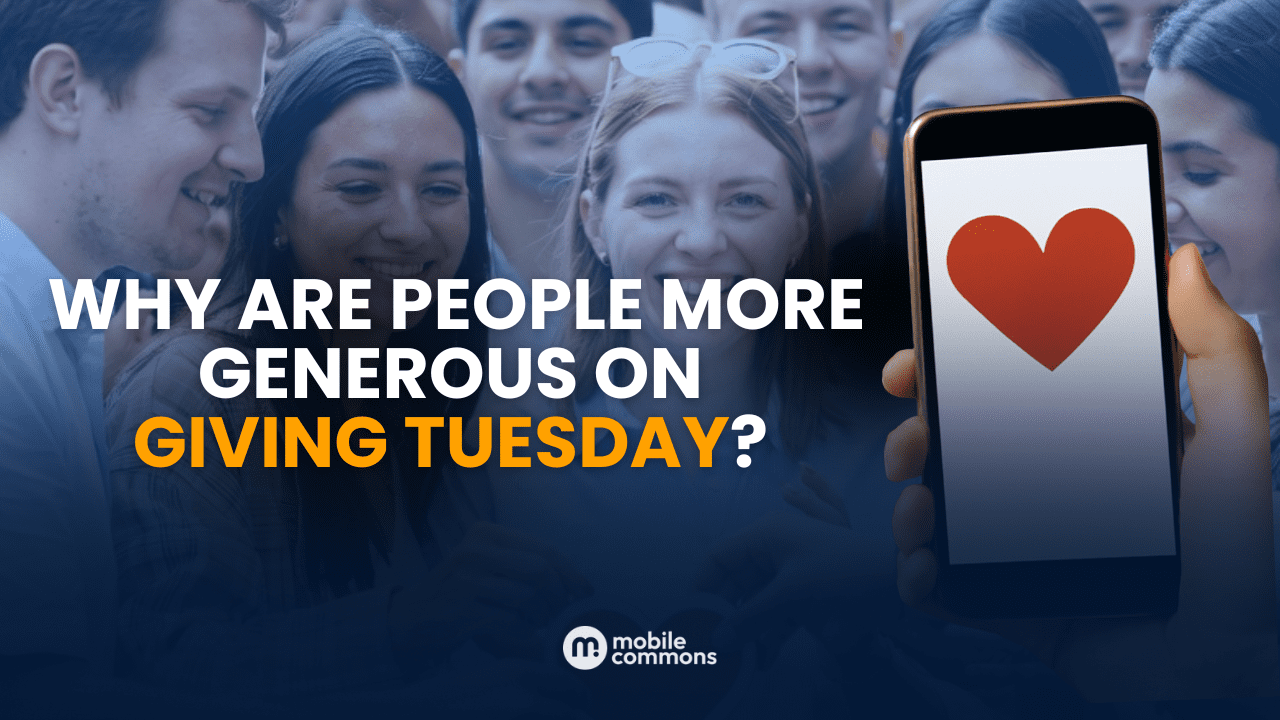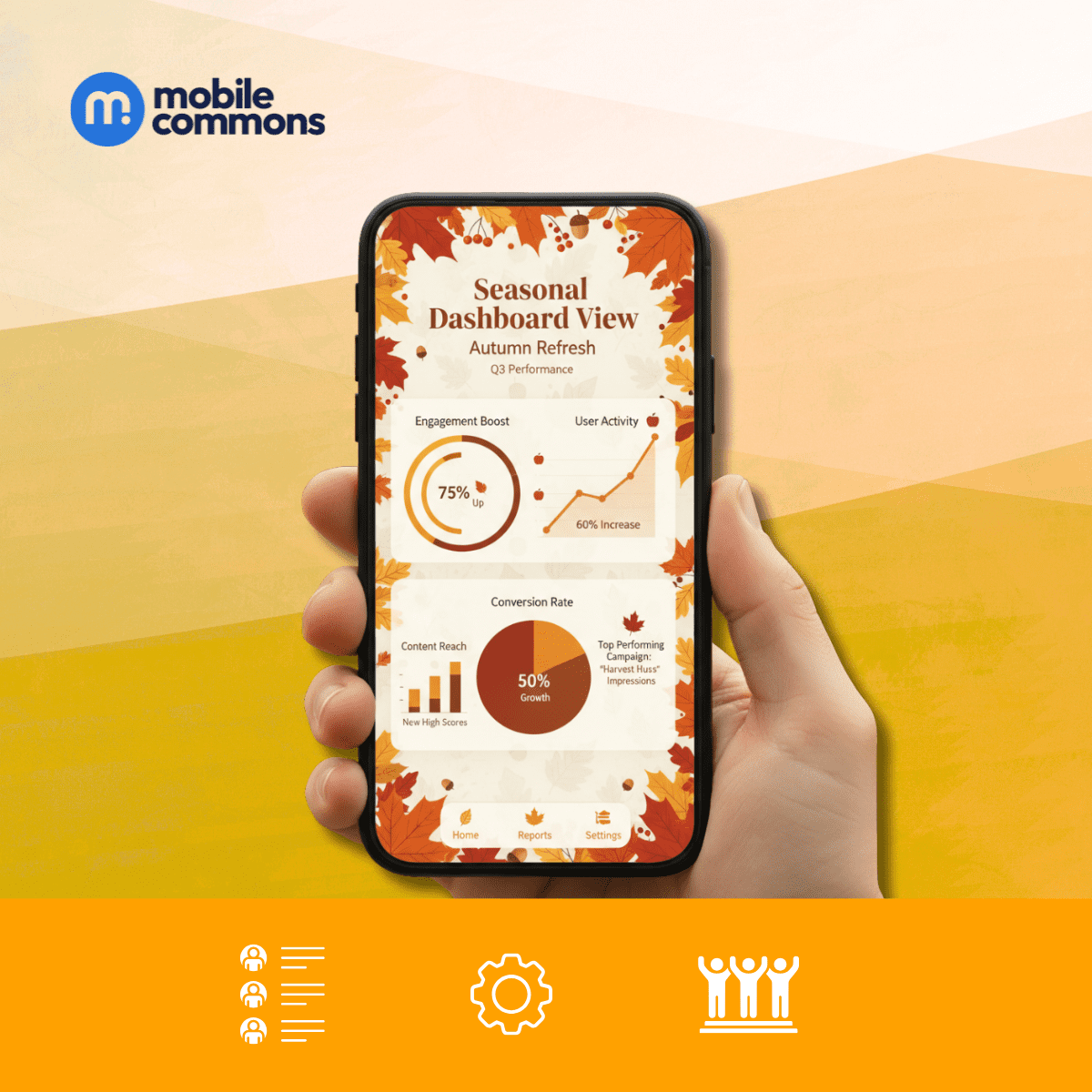As the mobile messaging landscape continues to evolve, Apple’s recent iOS 26 update sends a clear signal: user trust is no longer optional — it’s essential.
This release introduces more robust spam filtering that redirects unsolicited or unverified messages — even those sent with technical consent — to the “Unknown Senders” folder. For many organizations, that represents a sudden shift in how engagement must begin.
For us at Mobile Commons, this commitment to subscriber consent reinforces a strategy we’ve believed in all along.
Trust and Transparency Aren’t Just Buzzwords
At Mobile Commons, trust and transparency are foundational — not ornamental. While others are now rethinking growth tactics, we’ve always built our A2P messaging platform around permission-based communication.
We’ve long held that the right to message someone must be earned — not assumed. That approach is now more than ethical — it’s a strategic advantage.

Why iOS 26 Matters
iOS 26 changes the rules of initial engagement. Even if subscribers submit their phone numbers through a compliant web form, messages from unfamiliar numbers may be flagged or quarantined — unless recipients actively recognize and confirm the sender.
This isn’t just an Apple issue—it’s a directional shift for the entire industry. Mass messaging tactics without clear user initiation are becoming obsolete.
The Challenges of First Contact
Here’s the new reality: If subscribers haven’t interacted with your number — by texting first or saving your contact information — your message may go unseen.
This is especially challenging for:
- Brands using shared short codes or 10DLC numbers
- Organizations relying on web forms for opt-ins
- Critical flows, appointment confirmations, or onboarding sequences
How to Adapt: Consent-Driven, Multi-Step Engagement
This is not a barrier — it’s an opportunity. iOS 26 rewards the brands that respect subscribers, obtain real consent, and personalize their approach.
Here’s how to stay ahead:
Implement Two-Step Opt-Ins
Start with your web form — but follow it with user-initiated confirmation:
Step 1: User submits mobile number via form
Step 2: Show a message:
“Thanks! We’ve initiated your opt-in. To confirm, send YES to [shortcode or 10DLC] or check your ‘Unknown Senders’ inbox and reply YES to continue.”
This “2FA-style” sequence validates the relationship in Apple’s system and helps messages land in the Primary Inbox.
Help Subscribers Recognize Your Number
Apple is prioritizing known contacts. Help subscribers store your number at the start:
- Contact Card Attachments (vCard) via MMS (supported on some platforms)
- QR Codes to download your contact and automate a text to your shortcode with a generated initial text (for desktop form submissions)
- Click-to-Text Links (for mobile submissions)
- Redirect Pages with clear “Next Step” instructions [EX: “Keep an eye out for a message from 55755”]
Note: mCommons and Waterfall may send vCard files to subscribers, which has been a long-standing recommendation as a best practice.
Use a Dedicated Shortcode or Number
Shared numbers may save on costs — but they now risk deliverability and brand confusion.
A dedicated shortcode or 10DLC:
- Protects your sender reputation
- Reduces filtering risk
- Provides long-term ROI
Encourage Verbal Opt-Ins
Good news —verbal opt-ins still work.
Whether in-person, on the phone, or during a webinar, invite subscribers to text you directly.
This initial engagement will reach the main inbox – so long as it’s before the recipient turns on the ‘Unknown Sender’ filter and your first auto-reply includes opt-out language.
Example: “Thank you so much for coming to this event – before you go, text JOIN to 12345 to receive updates”
What’s Next: Prepare for RCS
The future of messaging is already forming. Rich Communication Services (RCS) will bring verified sender identity, dynamic content, encryption, and interactivity to messaging platforms.
By building trust-first systems today, your organization is well-positioned to lead in this next phase.
The Mobile Commons Conscience
We believe the future belongs to those who earn the right to communicate. iOS 26 doesn’t disrupt our vision — it validates it.
For more on this topic, please read our iOS 26 Update FAQs.
If you’re ready to make your messaging more ethical, effective, and future-proof, let’s talk:


